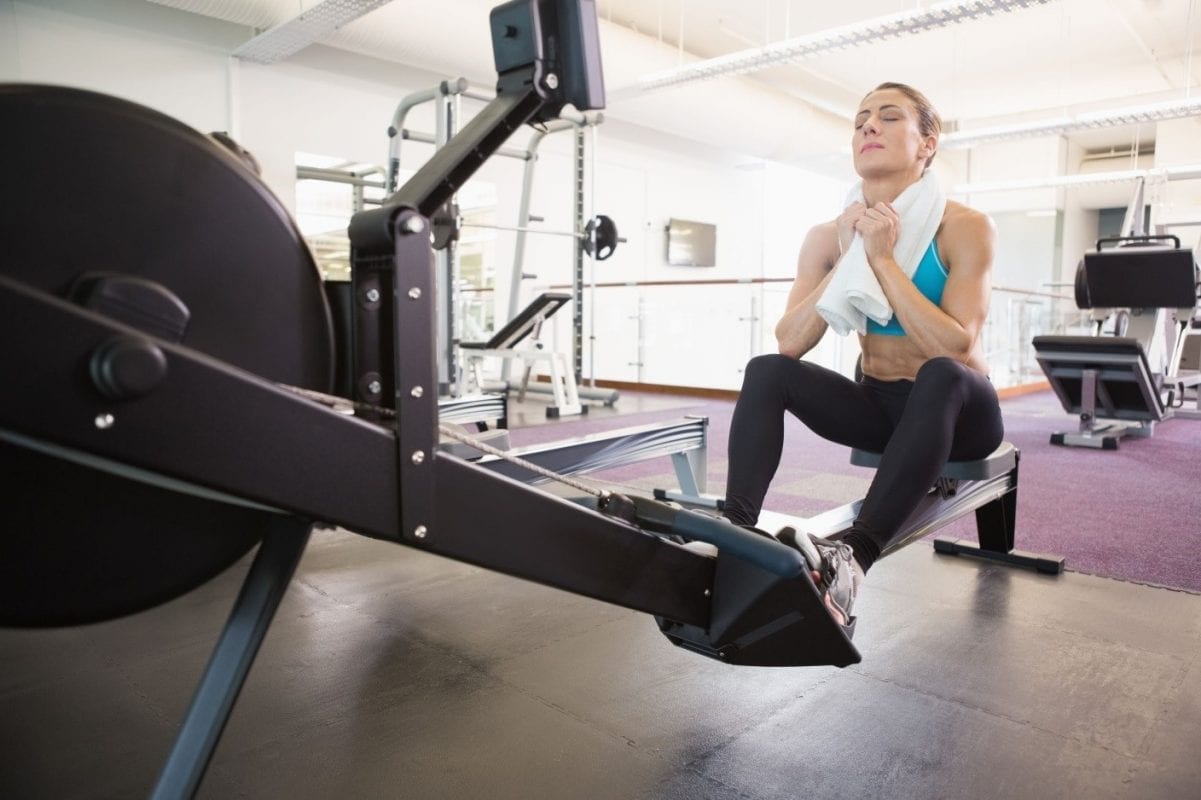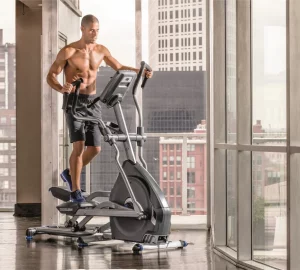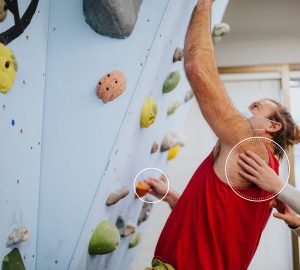Regular gym sessions offer a multitude of benefits, from improved fitness to enhanced well-being. Yet, amidst the pursuit of physical excellence, the risk of sustaining injuries looms. However, this potential hazard shouldn’t deter one from reaping the rewards of exercise. Rather, it underscores the importance of proactive measures to mitigate such risks. In this guide, we delve into the realm of injury prevention at the gym, equipping enthusiasts with essential strategies to safeguard their well-being while pursuing their fitness goals.
One thing many of us overlook is the fact that a lot of these accidents can be prevented by simply wearing specific types of clothes to the gym. Here, we have compiled a list of things you should wear to the gym to prevent injuries.
1. Shoes Are More Important Than You Think
Shoes are one of the most important components of gym attire which you will see athletes or gym junkies obsess over, and their obsession is justified. Shoes can help with balance and body alignment; they can change the overall game of your workout.
However, there are different types of shoes for different workouts, and wearing the right type does make a huge difference in injury prevention at the gym. For example, if you use the same pair for running and weightlifting, they will wear out faster, and you also might get injured.
2. Wear the Right Kind of Socks
Just like your shoes, the right pair of socks matter as well. The wrong type of socks could cause discomfort, chafing, blisters, and can, overall, be irritating.
There are some types of socks which even provide padding on your pressure points such as your heels, which is important for workouts such as weightlifting.
3. Compression Garments are Life Savers
Compression garments are a type of clothing which applies pressure on certain areas of your body. They help avoid unnecessary movement of your muscles and improve circulation and the overall quality of your workout.
Some brands think that compression shorts are more beneficial than what meets the eye, provided that you get the best ones. They can reduce muscle fatigue, prevent strains, and can also improve your ability to jump. A small change in your gear can bring about a huge change in your workout.
4. Protect Your Knees
To protect your knees during a workout, wearing a knee pad or a knee compression sleeve is recommended.
Not only do these have similar benefits of compression garments, but they also have the added benefit of absorbing any impact made on your knee while exercising. This can prevent fractures and reduce soreness and offer injury prevention at the gym.
5. Do Not Forget About Your Hands
Protecting your wrists and hands is important, and neglecting them could lead to serious injuries.
A. How to Protect Your Wrists
You might be wondering how your wrists will become a concern during workouts. Well, during intense exercises, especially weightlifting, you will realize that a huge amount of strain is put on your wrists.
If proper care is not taken, it could lead to permanent damage. To protect your wrists, wearing wrist wraps is recommended. They provide your wrists with support while heavy lifting and can prevent sprains.
B. How to Protect Your Hands
As an active gym member, you will notice that regular workouts will cause calluses on your hands. Though it might seem like a minor issue, they can cause infections and severe pain while doing daily tasks.
In order to prevent injuries to your hands, you should wear gym gloves. They will prevent friction burns, calluses and will make workouts such as weightlifting much easier.
6. Belts for Weightlifters
Weightlifting can often become hazardous, given that you will be lifting so much weight that it might potentially damage your body. Weightlifting belts seem like a peculiar object, especially if you are new to weights. However, they are a necessary accessory for lifters for injury prevention at the gym.
As lifting requires you to deal with extremely heavy weights, your body might not be ready for it. Wearing weightlifting belts actually prepares your body’s core, triggering it to tighten. Thus, they indirectly support your core during workouts.
7. Kinesiology Tape for Workouts
Kinesiology tape is specialized to help people with prior injuries during a workout to ease discomfort. Using this can help you move around better and improve your posture during workouts if you have soreness.
A. What is Kinesiology Tape?
This tape can be applied exactly where it is needed, unlike compression garments. It can help speed up the process of healing and can allow the smooth movement of muscles while you work out.
B. How Does It Help During Workouts?
While working out, we are bound to end up with some bruising or injuries. While working out and moving around, we end up putting pressure on those injuries, which prevents them from healing faster.
When the tape is applied properly, it takes some of the stress off the injured area, which helps it heal faster and reduces discomfort during your workout. Furthermore, it can also improve blood flow.
8. Be Comfortable
There are many types of gears and garments you can wear to prevent injuries while working out but the most important thing is to wear something comfortable. Make sure your clothing is breathable and can wick sweat. You should also avoid heavy material.
Moreover, you should make sure your clothes are not baggy to the point where they get in the way of your workout. Your clothes should also not be tight to the point where it restricts movement.
Wearing uncomfortable clothing will get in the way of your workout and can cause, for example, incorrect posture. It can also cause accidents such as slipping on clothes. Therefore, it is important to be comfortable at the gym.
Final Thoughts
To deal with injury prevention at the gym, you will need to invest in more than just clothing, for example, you can use items such as anti-chafe balm and cooling wraps. Incorporating items which focus on both healing and prevention of injuries will optimize your performance during workouts.
However, a small change in the things you wear and spending a little more on clothing specialized for the gym can save you weeks, even years of discomfort caused by gym injuries.










1 Comment
Comments are closed.